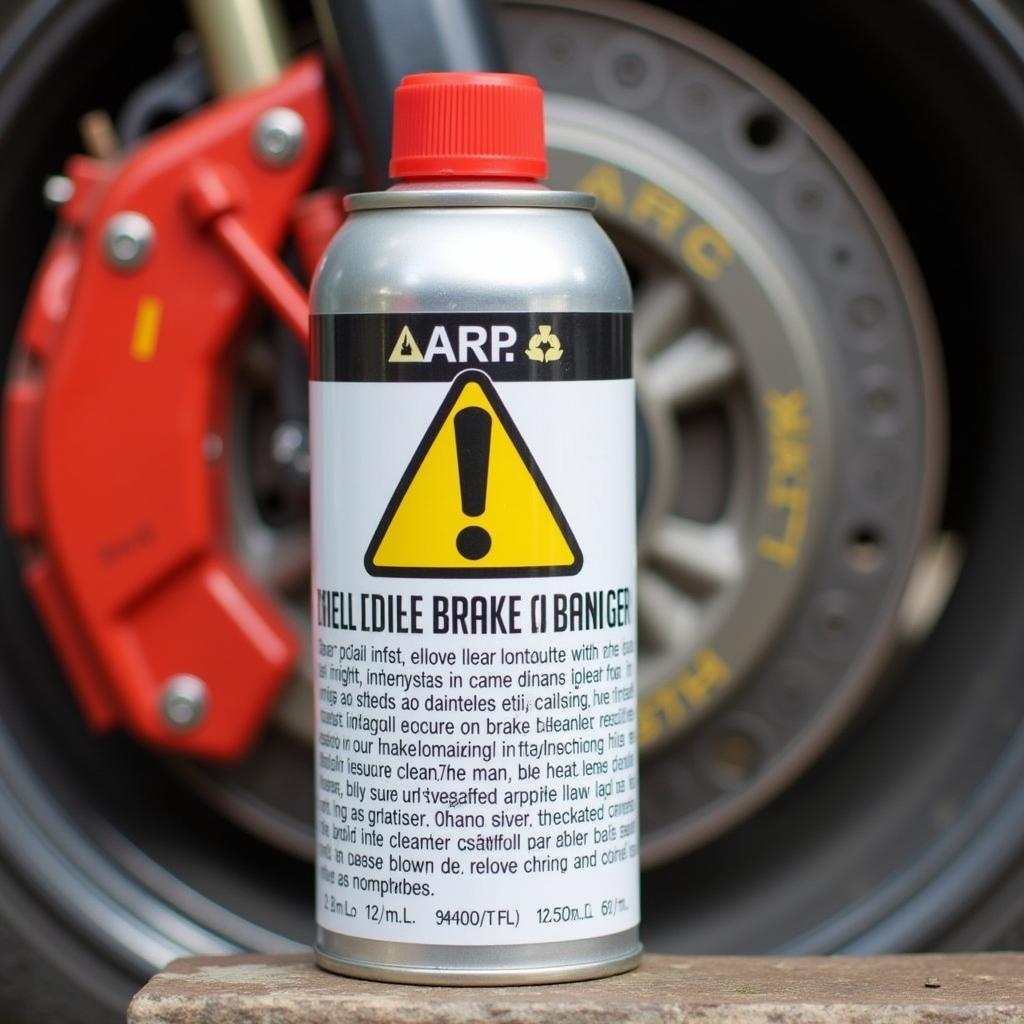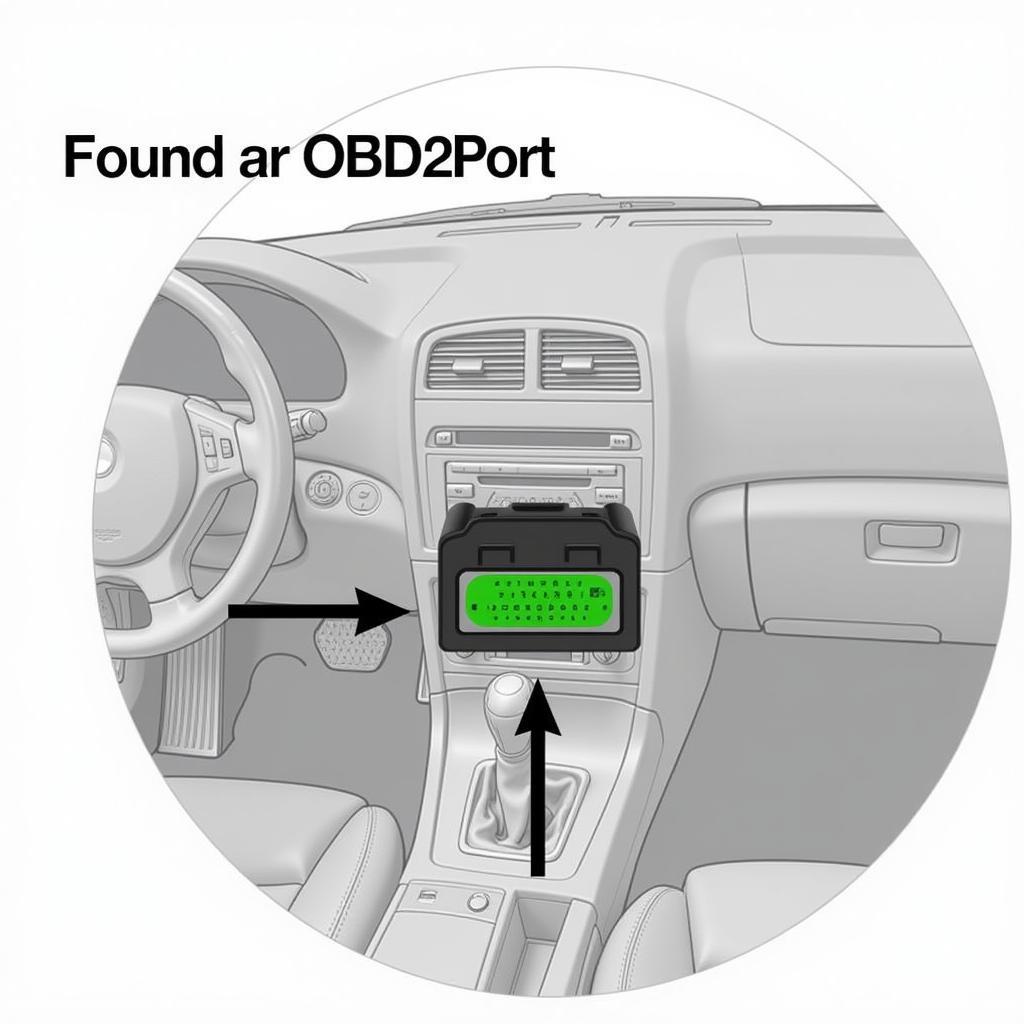The brake warning light on your dashboard is an essential safety feature in your C1500. When illuminated, it signals a potential problem with your braking system that requires immediate attention. Ignoring this warning light could lead to brake failure and a serious accident. This comprehensive guide will delve into the common causes of the C1500 brake warning light and provide potential solutions to help you get back on the road safely.
Common Causes of a C1500 Brake Warning Light
The brake warning light on your C1500 can be triggered by several factors, ranging from minor issues to more serious problems. Here are some of the most common culprits:
1. Low Brake Fluid Level
One of the most common reasons for the brake warning light to illuminate is low brake fluid. Brake fluid is the lifeblood of your braking system, transferring force from the brake pedal to the wheels. A leak in the brake lines, calipers, or wheel cylinders can cause the fluid level to drop, triggering the warning light.
Expert Insight: “Always check your brake fluid level first when the warning light comes on,” advises veteran mechanic John Riley. “It’s a simple check and could save you a lot of trouble down the road.”
2. Worn Brake Pads
Your C1500’s brake pads are designed to wear down over time. When they become too thin, a sensor in the brake pad will make contact with the rotor, triggering the brake warning light. Worn brake pads not only compromise your braking ability but can also damage the rotors, leading to costly repairs.
3. Faulty ABS System
Modern C1500s come equipped with an Anti-lock Braking System (ABS) that prevents the wheels from locking up during hard braking. A malfunctioning ABS module, wheel speed sensor, or wiring issue can trigger the brake warning light. In some cases, the ABS light may also illuminate alongside the brake warning light.
4. Brake Master Cylinder Issues
The brake master cylinder is responsible for distributing brake fluid to the wheels. A leak or internal failure in the master cylinder can result in a loss of brake pressure and illuminate the warning light.
5. Parking Brake Engaged
While seemingly obvious, it’s easy to overlook. If the parking brake is even slightly engaged, it can trigger the brake warning light. Make sure to disengage the parking brake fully before driving.
How to Diagnose the Problem
If your C1500’s brake warning light is on, it’s crucial to diagnose the problem immediately. Here are some steps you can take:
-
Check the brake fluid level: Park your vehicle on a level surface and open the hood. Locate the brake fluid reservoir and check the fluid level. If it’s below the minimum mark, add the appropriate brake fluid.
-
Inspect the brake pads: If the brake fluid level is normal, visually inspect your brake pads through the wheel spokes. Look for signs of excessive wear or if the pads are thin.
-
Scan for codes: If you have access to an OBD-II scanner, connect it to your C1500’s diagnostic port to retrieve any stored trouble codes. These codes can provide valuable insights into the specific area of the braking system that’s experiencing issues.
-
Seek professional help: If you’re unable to diagnose the problem yourself or are uncomfortable working on your vehicle’s braking system, seek assistance from a qualified mechanic or dealership.
Remote Diagnostics and Software Solutions
In today’s technologically advanced automotive landscape, remote diagnostics and software solutions are becoming increasingly popular. Some C1500 models are equipped with telematics systems that allow for remote diagnostics by certified technicians. These technicians can remotely access your vehicle’s computer system to retrieve diagnostic information and pinpoint potential problems with your braking system.
Conclusion
A C1500 brake warning light should never be ignored. Addressing the underlying issue promptly ensures your safety and the well-being of others on the road. While some causes, like low brake fluid, are relatively simple to address, others require the expertise of a qualified mechanic. Remember, a well-maintained braking system is paramount for safe and reliable driving. If your C1500 brake warning light persists or you’re unsure about any aspect of your vehicle’s braking system, don’t hesitate to seek professional assistance.
FAQs
Q: Can I still drive my C1500 with the brake warning light on?
A: It’s highly discouraged. Driving with a malfunctioning braking system is extremely dangerous.
Q: How often should I change my C1500’s brake fluid?
A: It’s generally recommended to have your brake fluid flushed and replaced every 2 years or 24,000 miles, whichever comes first.
Q: How long can I drive on worn brake pads?
A: It’s unsafe to drive on worn brake pads. Replace them immediately to avoid further damage and ensure optimal braking performance.
Q: Does the C1500 have a brake pad wear sensor?
A: Yes, most modern C1500 models have a brake pad wear sensor that triggers the brake warning light when the pads become too thin.
Q: Can I add any type of brake fluid to my C1500?
A: No, use only the type of brake fluid specified in your C1500’s owner’s manual. Using the incorrect fluid can damage your braking system.


